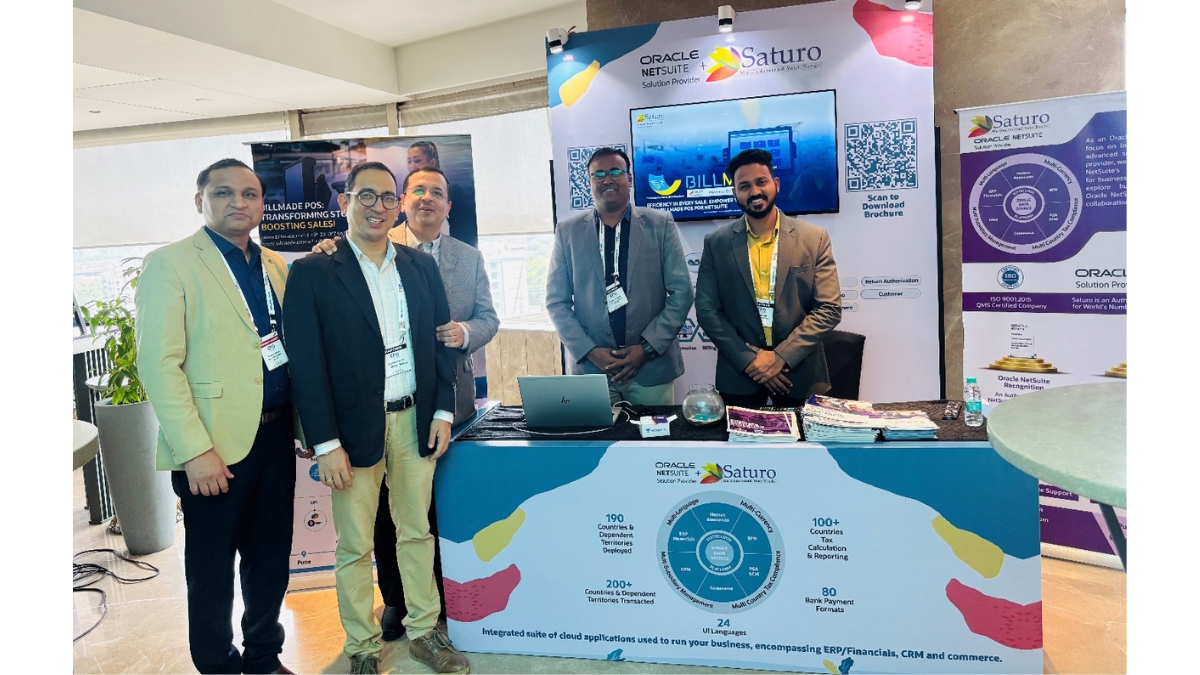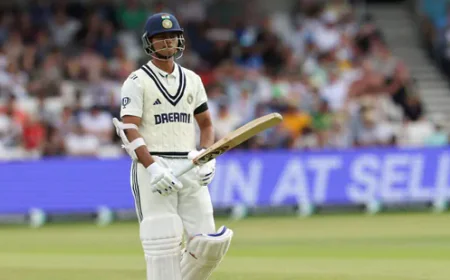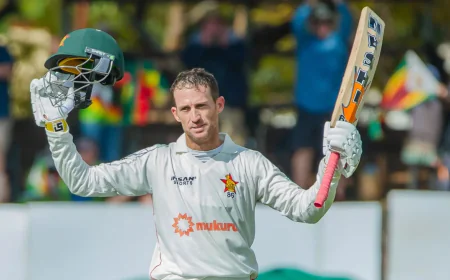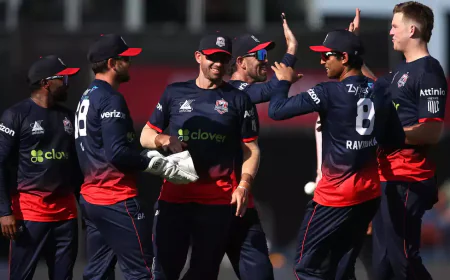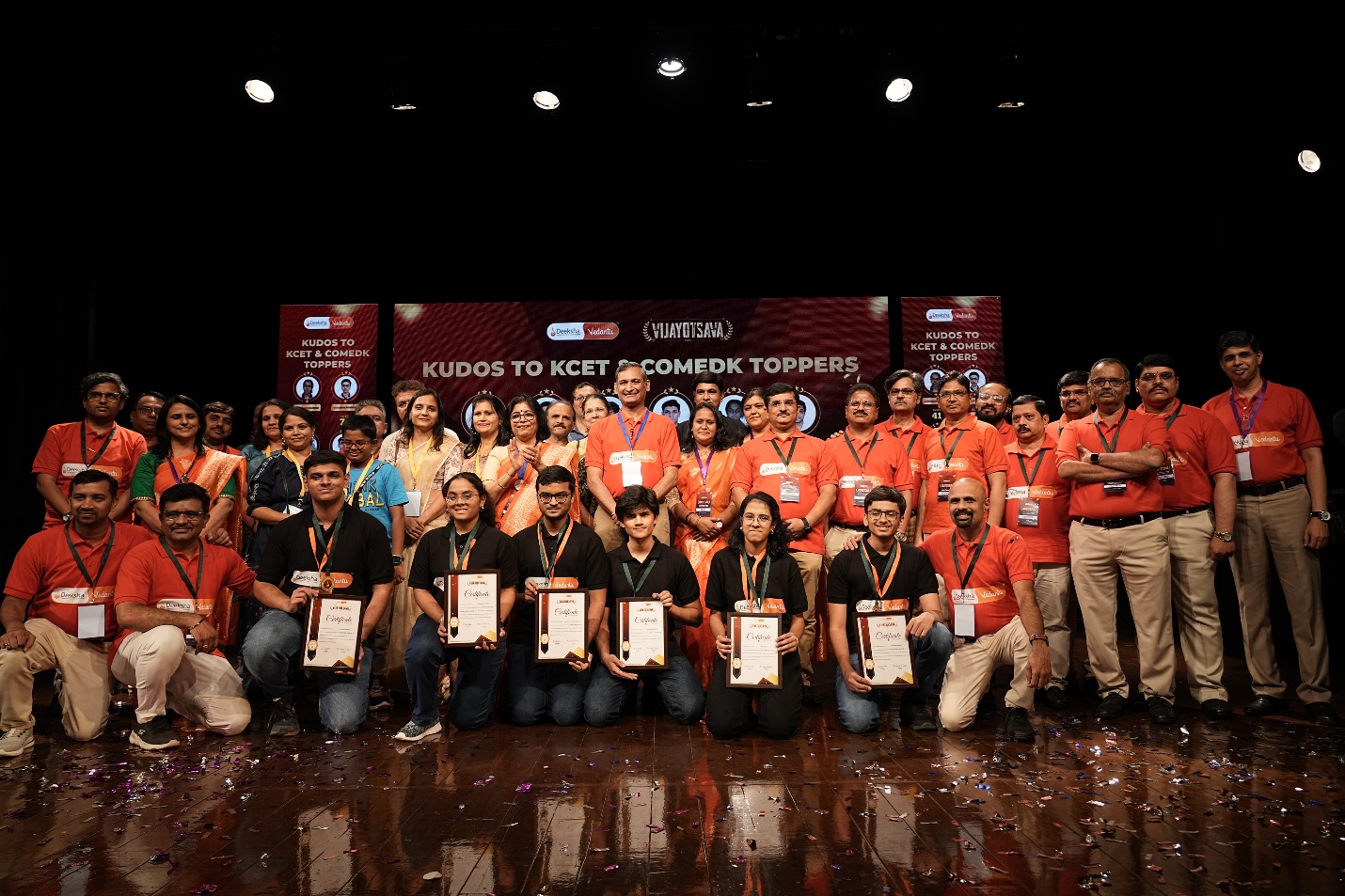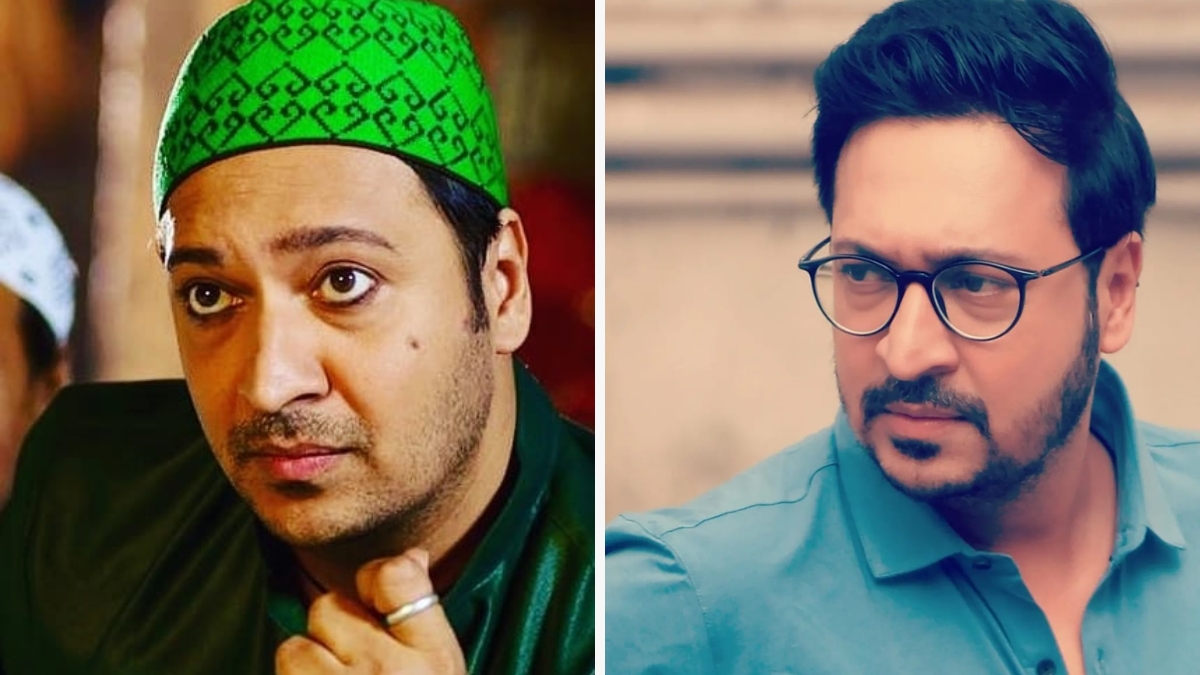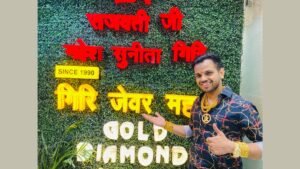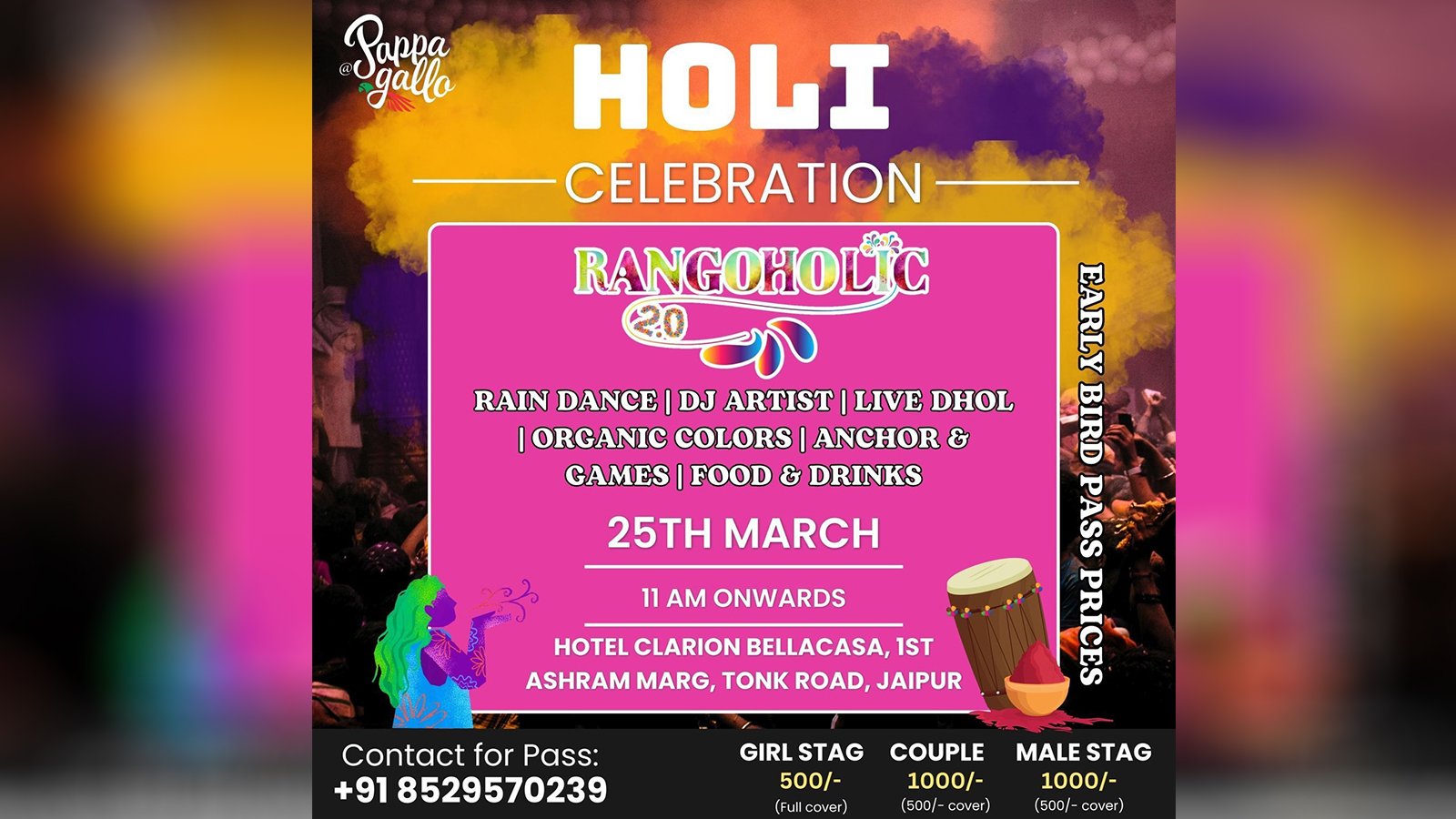Child Of My Heart: A Comprehensive Guide to Adoption in India


- Unique, 360 degree look at every aspect of adoption-especially bottlenecks caused by Covid-19.
- Second edition announced.
- Proceeds to go to charity.
Pune, November 07: On the occasion of World Adoption Day that is celebrated every year on November 9 and World Adoption Month that is celebrated throughout the month, journalist and parent Kalyani Sardesai is happy to announce the second edition of her book Child Of My Heart: A comprehensive Guide to Adoption in India.
The book’s USP is its 360-degree look at the current centralized system of adoption. Divided into four sections, the lakh-word strong book looks at adoption from all possible angles: emotional, social, psychological and legal-that are in many ways unique to India. “That is why India deserved its own book, keeping its own cultural context in mind,” says Sardesai. “The purpose of writing this book was to simplify how and why things work the way they do in our country. In many ways, the concept of both family and parenting are individualized, and therefore, references from the West may not always work for us.”
At the same time, the book urges parents to take a practical and considered view of adoption. “It isn’t enough to be emotionally prepared for adoption. The question arises: are you psychologically and financially equipped as well? And then there is a comprehensive legal process to be followed-without shortcuts of any kind,” she says.
“The forthcoming second edition will have as its highlights the frustrations and bottlenecks caused by Covid-19 which have only made the queues longer. The pain and endless wait of the prospective parents is something that can’t be ignored,” says Sardesai.
Adoption in India currently happens only under the aegis of the Centralized Adoption Resource Authority, a statutory body of the Ministry of Women and Child Development under the Government of India. Established under the Juvenile Justice (Care and Protection of Children) Act, 2015, CARA is responsible for monitoring and regulating adoptions both within and outside India.
From a simplification of the paper-work and technicalities, explaining the rationale behind the centralized adoption process, to the questions that are seemingly unique to adoptive homes, this book hopes to go the distance in bringing greater clarity to one’s understanding of the phenomenon of adoption.
Keeping in mind that adoption is a lifelong process, that the journey of a family and child only begins at the end of a tedious wait, there is a detailed section devoted to the voices of adoptive parents and adoptees.
One section looks at adoption as depicted in popular culture and folklore, as this definitely influences our understanding of the process and the outcome. Another section is devoted to the writings of several activists and child care experts. These ought to help in understanding one’s child better at different stages of the parent-child journey. That said, the book goes beyond the purview of both Prospective Adoptive Parents (PAPS) and adoptees to examine Indian society and its myriad contradictions. Our prejudices reveal as much about us as our strengths. To that extent, it is a resource book for budding social workers, lawyers and journalists and help them form an understanding of why things work the way they do. Especially given the fact that while there are millions of abandoned children in India, not every child is legally free for adoption.
Unlike earlier times, the JJ Act does not leave much room for parents’ personal preferences in terms of either looks or background. However, the stringent requirements of the process means only a limited number of adoptions can take place every year.
The question then arises: Where does that leave the rest of India’s vulnerable/abandoned and orphaned children? Paradoxically though, it is just as imperative to look at the grotesque reality that ‘manufactures’ orphans to put them up for adoption.
Amongst other objectives, it analyzes the Indian outlook towards adopted parents and children, even as it seeks to demystify the seemingly gargantuan and long-drawn process, explain the scenario against which it works, and hopefully, dispel a few inaccurate notions about adoption.
Along with this, plans are afoot to do another translation in Marathi-on popular demand.
“On a personal level, this work is the logical culmination of my journey so far: as a journalist who has written on child rights, and as a thoroughly fulfilled adoptive parent, whose pride in her beautiful child is second to none,” rounds off Sardesai.
Child of My Heart: A Comprehensive Guide to Adoption in India is available online.
If you have any objection to this press release content, kindly contact pr.error.rectification[at]gmail.com to notify us. We will respond and rectify the situation in the next 24 hours.












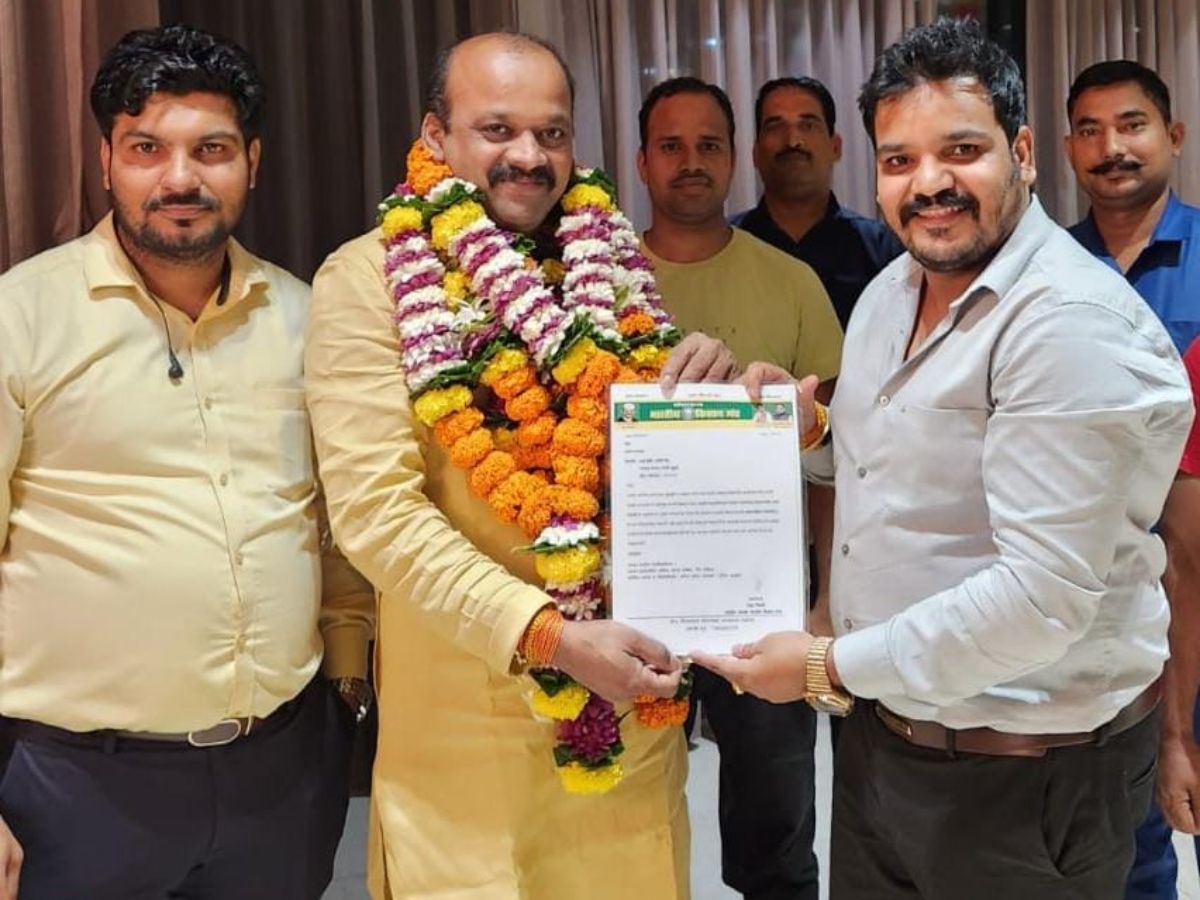













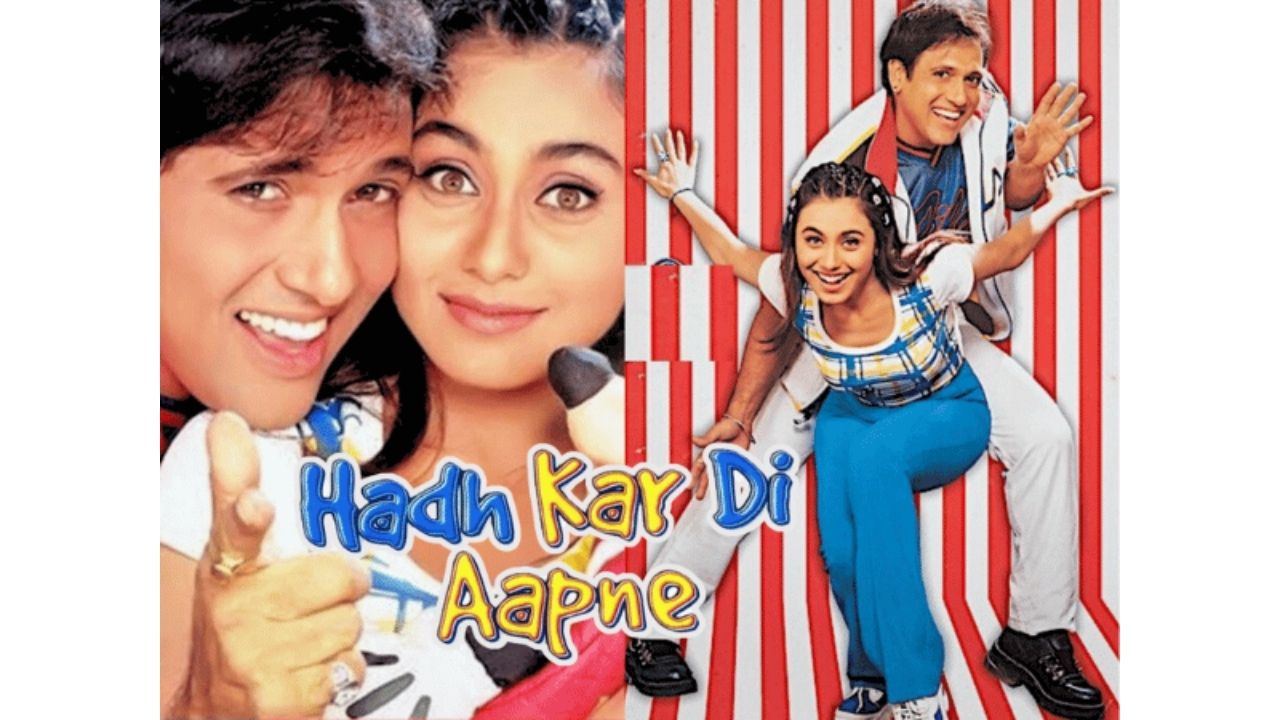

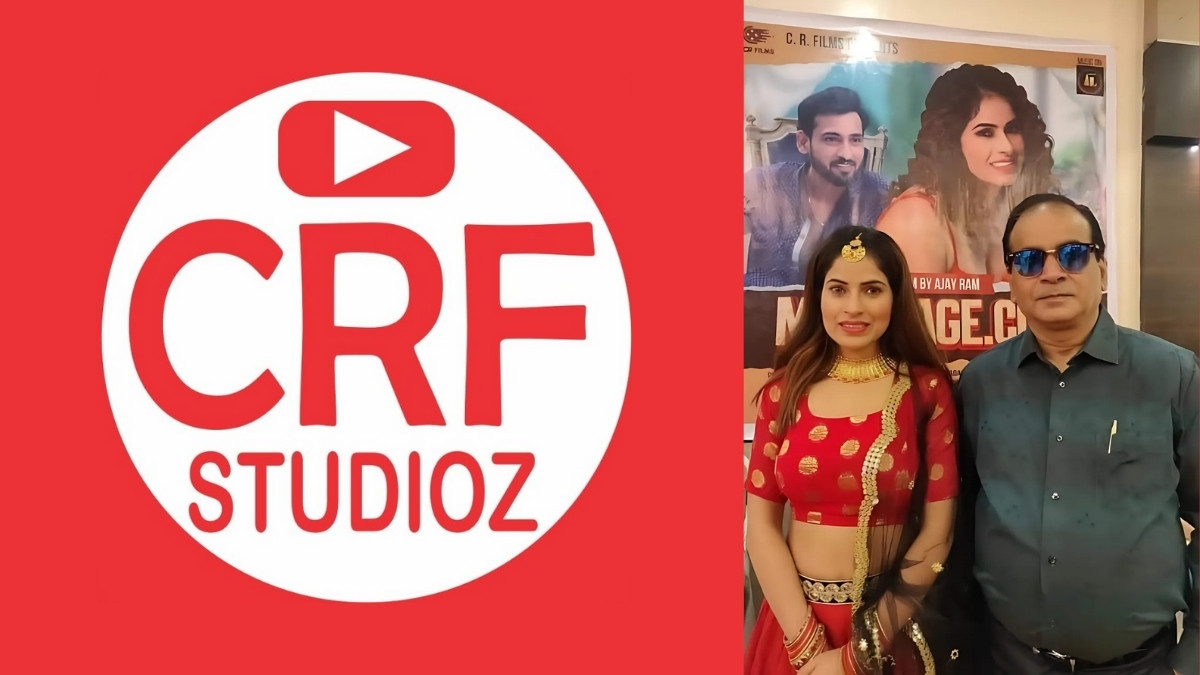












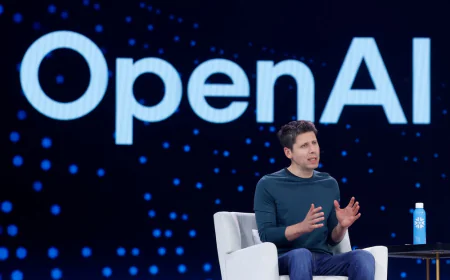




%20News.jpg)
